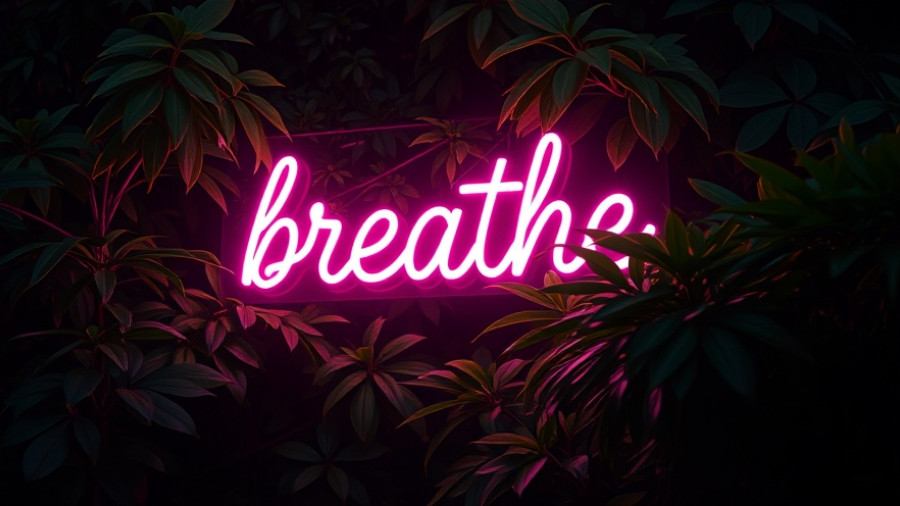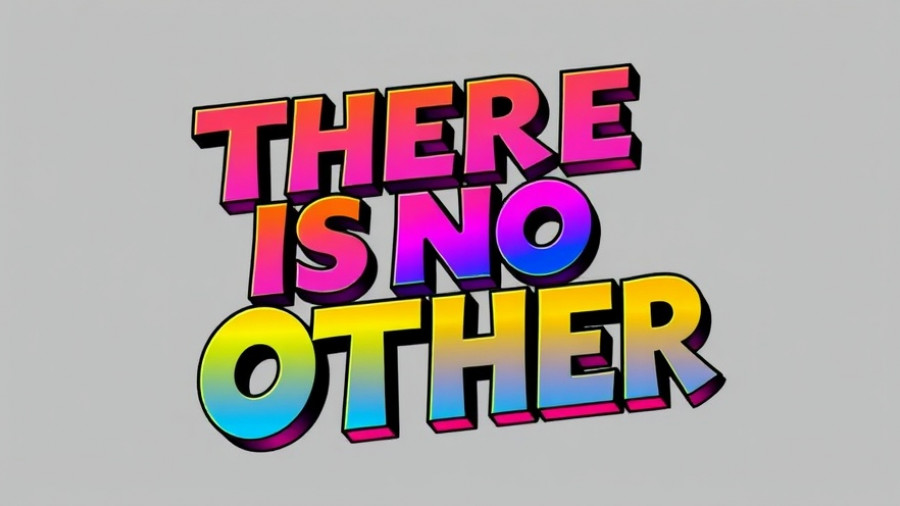
Healing Beyond the Individual: Redefining Pain
In today’s fast-paced world, many individuals grapple with stress and mental health issues, often perceiving their struggles as personal failures. Josh Korda sheds light on this societal misconception in his impactful piece, emphasizing that feeling overwhelmed and anxious is not a result of personal inadequacy, but rather a reflection of a flawed system that prioritizes productivity over well-being. “As the Buddha taught long ago, true healing comes not from perfecting ourselves to fit into broken systems, but from seeing clearly.”
The Real Source of Our Struggles
Consider the software engineers mentioned in Korda's experience; their mental strain is exacerbated by unreasonable work expectations, not inherent flaws in their personalities. For many individuals, the pressures from their jobs can lead to mental exhaustion, yet these pressures often go unquestioned. Struggling with feelings of inadequacy or “imposter syndrome” should not be labeled as individual shortcomings but recognized as rational responses to a stressful environment.
Understanding Our Collective Pain
As individuals navigate their realities, they may face an ever-expanding list of challenges that contribute to their mental distress. A remote worker diagnosed with ADHD might feel alienated in a system ill-equipped to support their needs. In contrast, a young queer person encountering workplace discrimination might be advised to battle their self-doubt rather than addressing the unfair treatment they face. These experiences illustrate a pattern: legitimate responses to societal pressures are often framed as personal failures, shifting the focus away from systemic issues that need to be addressed.
The Role of Connection in Healing
True wellness often requires recognition that our struggles are interconnected. In a hyper-individualized society, we are taught to seek solutions within ourselves, frequently failing to acknowledge the importance of community in healing. A supportive network can help individuals feel less isolated in their struggles and foster a collective approach to tackling the systemic issues at play. This is why creating spaces for open dialogue and mutual support is crucial; it ultimately shifts the narrative from one of individual failure to shared experiences and collective growth.
Finding Purpose Amid Chaos
The digital age brings with it constant distractions, leaving many feeling disempowered and disconnected. Surrounded by interruptions, it becomes increasingly difficult to reconnect with our true selves and our community. We must embrace the idea that our struggles can serve as guides, helping us identify what truly brings us joy and fulfillment. By reflecting on our experiences, we can start to uncover what needs changing in our lives—perhaps the nature of our work or our relationships.
Empowering Change: A Call to Action
As you reflect on your own experiences, consider how you can embody change in your personal environment. Engage in community discussions that explore workplace dynamics, advocate for operational changes, or even support policy shifts that promote mental wellness rather than contributing to mental distress. Remember, acknowledging our communities and working towards systemic change can often be as healing as individual solutions.
Let's honor our struggles as signs of a need for transformation, not indicators of personal failure. The path to peace isn't solely within—it runs through our environments and extends to our communities.
 Add Row
Add Row  Add
Add 




Write A Comment